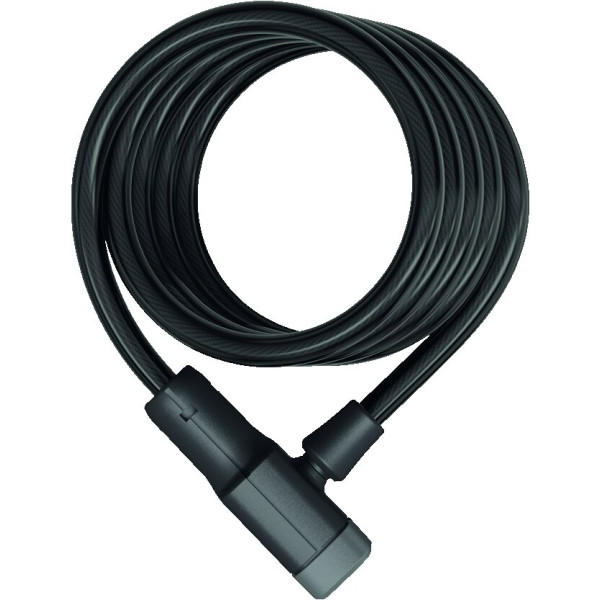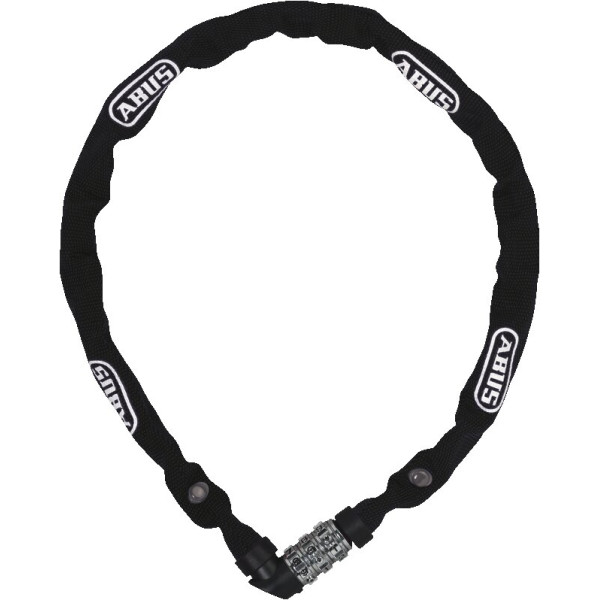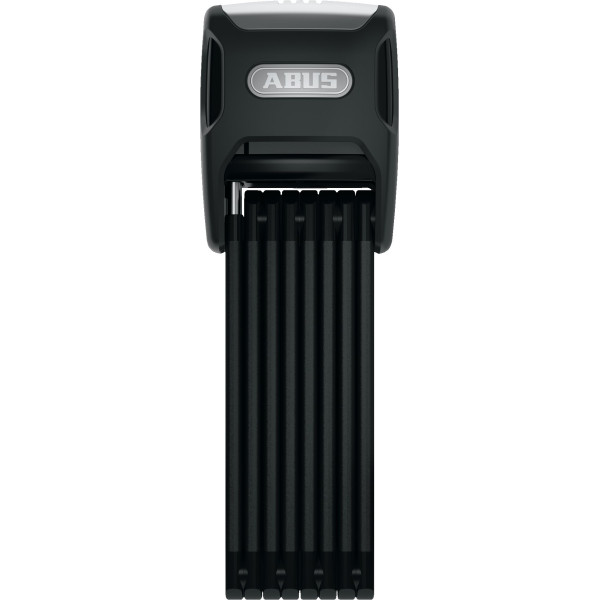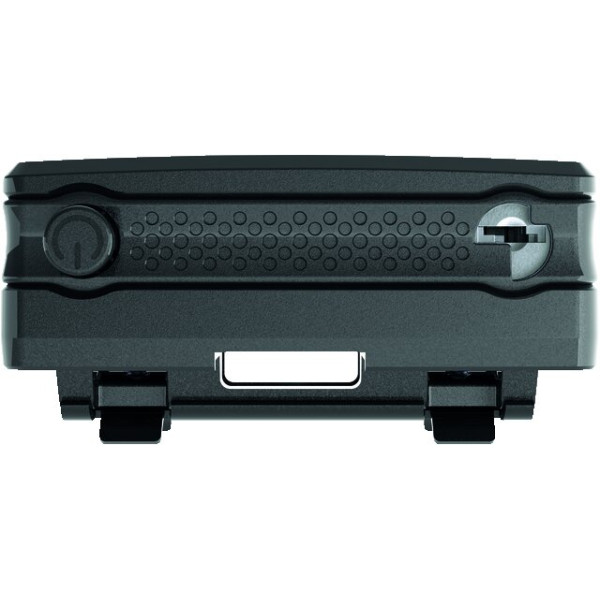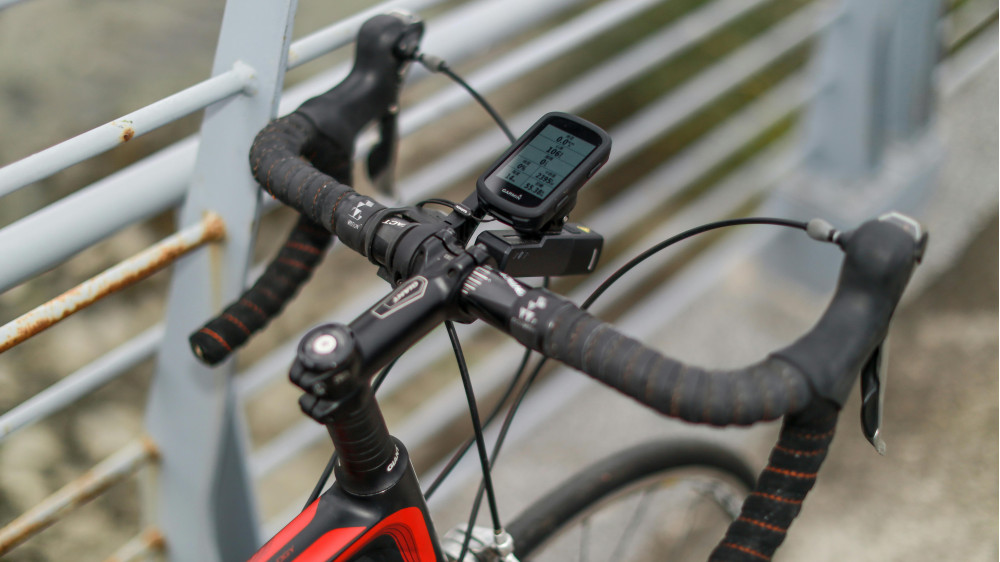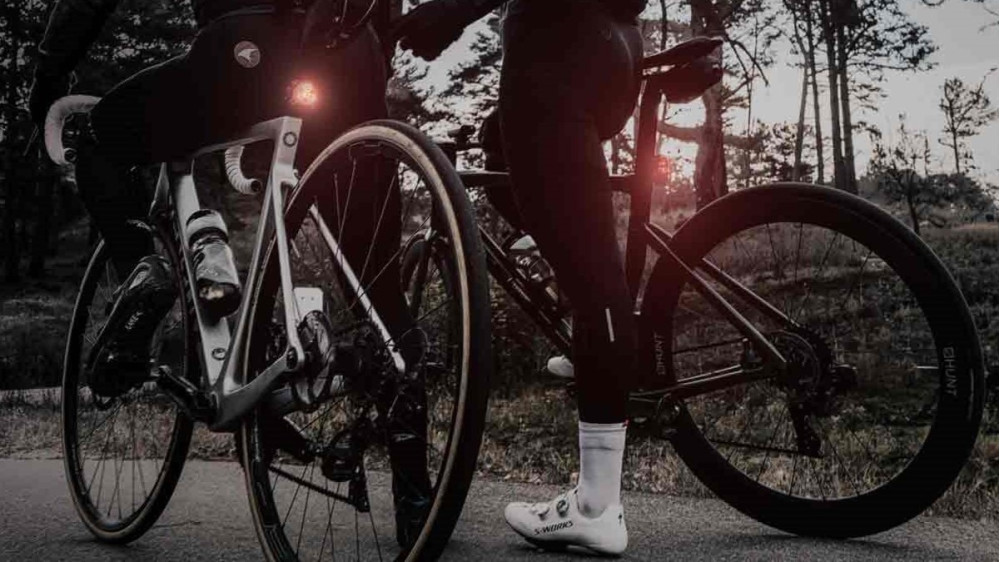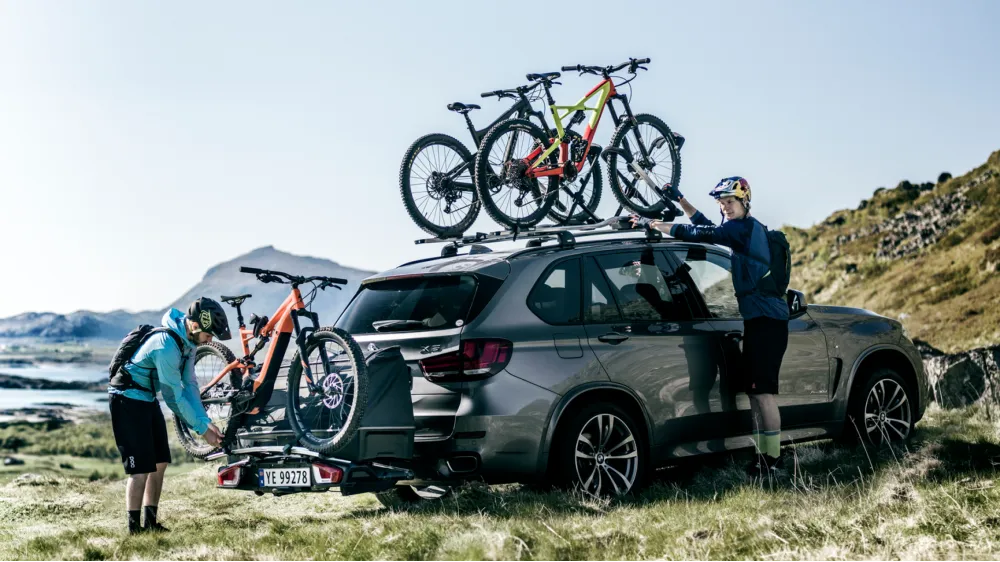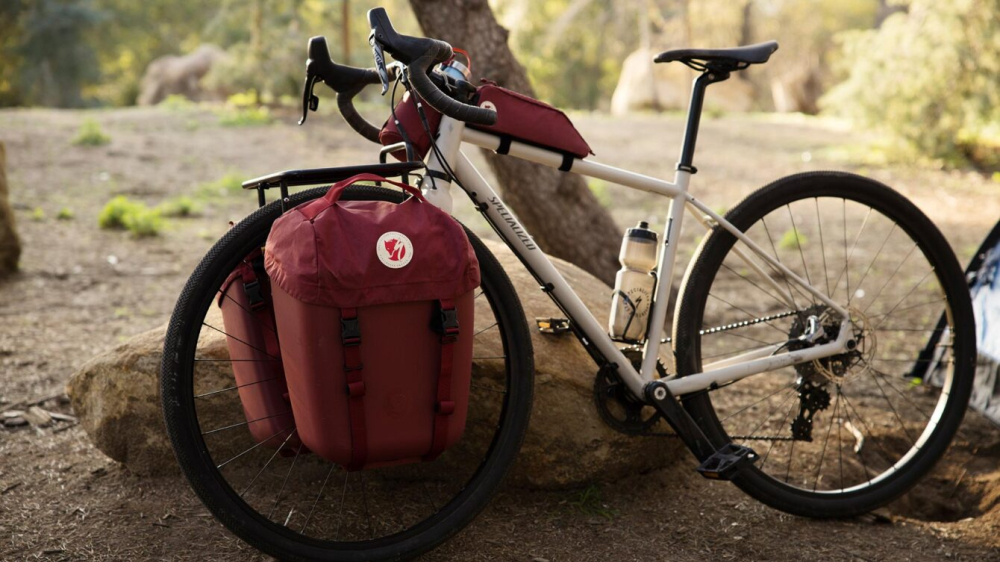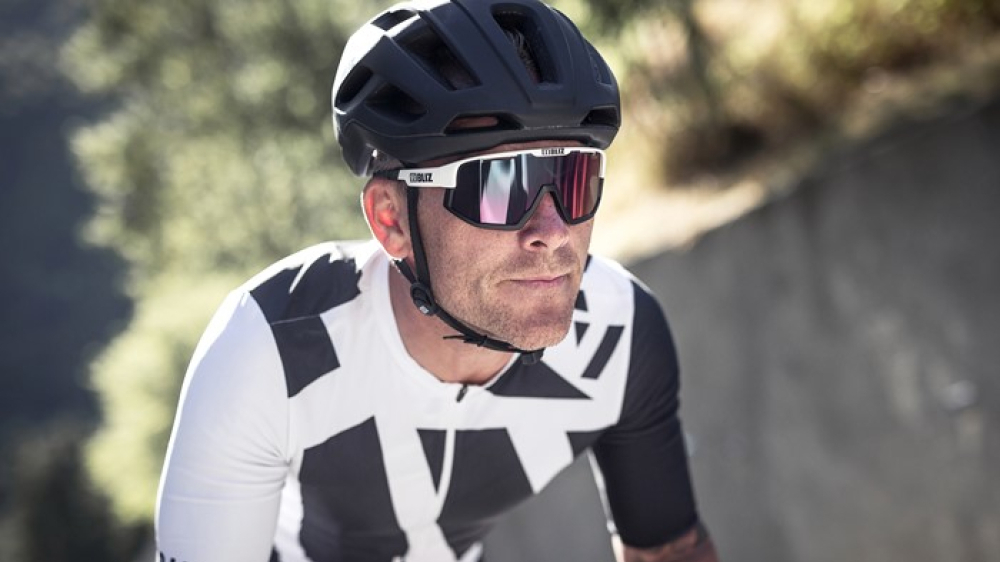One of the fears of any cyclist is losing their bike to theft. How can you minimize the risk of theft, and if your bike is stolen, maximize the chances of getting it back? There is a wide range of measures available for both theft prevention and recovering a stolen bike. What are these measures and what should you do to protect your bike?
How do I make sure my bike is safe?
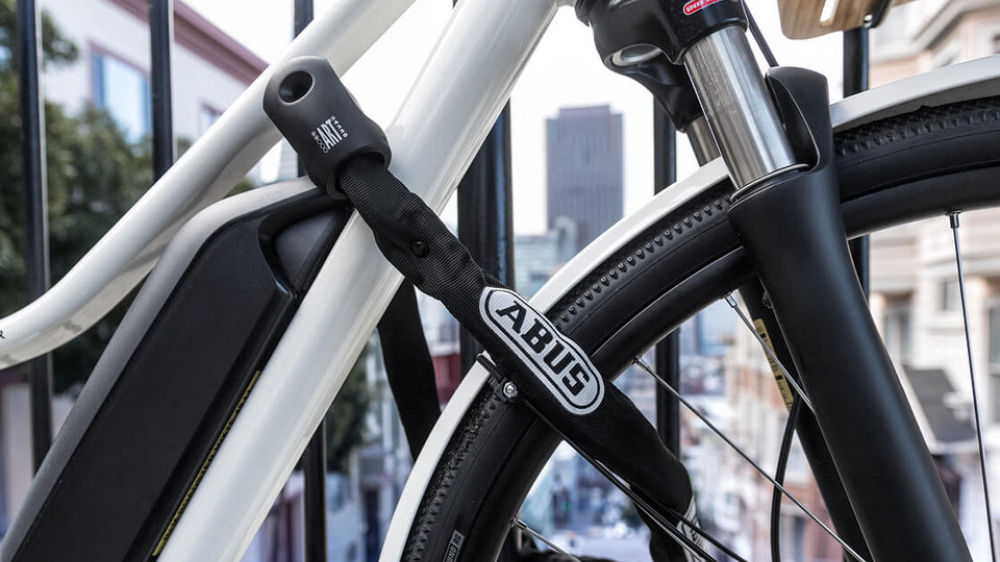
 Viktorija Kaupienė
Viktorija Kaupienė
Lock, Lock, and Lock Again
Which bikes are most commonly stolen? Sometimes people think that only expensive bikes are stolen. But that’s not true. All kinds of bikes are stolen: mountain bikes, gravel bikes, road bikes, hybrid bikes, electric bikes, triathlon bikes, track bikes, and kids' bikes. The most commonly stolen bikes are those poorly secured, not locked, locked with a simple, easily cut cable lock, or locked in secluded, unlit areas. Use quality bike locks.
Never leave your bike unlocked, even for a short time. Always lock the bike frame, not just the wheel. Use a reliable U-lock instead of a cable lock, which can be easily cut with metal shears. If possible, use more than one lock to secure both the frame and the wheel. As an additional security measure, use a wheel lock. Choose a well-visible, well-lit place where people are around.
Keep Proper Ownership Documents
Do you know how often the search and recovery of a stolen bike are complicated because the owners don't have a photo or ownership documents? What to do – what did the stolen bike look like, what to look for, and to whom to return it if found?
While still in the store, ask the seller to properly fill out the bike's documents with the frame number indicated, take a photo of the bike, and save the photo.
Register Your Bike and Mark It with a Special Sticker
Do you know how many security issues can be solved by registering your bike at the bike registry at www.dviraciuregistras.lt? Registering is simple – buy a special package at a bike shop, where you will find a sticker and instructions on how to register, or register online, pay the fee, and wait for the sticker to arrive by mail. The registration fee is 7 EUR, and it is valid indefinitely. For this amount, you get a lot:
- By registering your bike, you upload a photo of the bike to the registry, enter the frame number, confirm ownership, and have an indelible proof of ownership even if you lose the purchase documents.
- You receive a special sticker to attach to the bike, sending a clear signal to potential thieves – this bike is marked and protected, its owner is known, the theft will be announced in the registry, and automatically reported to the police and bike repair shops. Such a bike will be almost impossible to sell and very difficult to dismantle and sell for parts. It is known that bikes marked with the Bike Registry sticker are stolen much less often.
- If you do lose your bike, you won't need to do anything – write a statement to the police, prove ownership – just mark in your account that the bike is stolen, and you will have done everything to get the bike back.
Similarly, you can register your bike with the police. To do this, go to the nearest police station. Bring your bike, bike purchase documents, and documents confirming your identity. Your bike will be registered, and you will receive a sticker "Registered with the police."
Simply Insure It
You can simply insure your bike against theft. Often, bikes are insured under general home insurance. The insurance is valid only if the bike was kept in a protected, locked room, i.e., in a garage or storage room, or if outside – provided the bike was properly locked and secured with a lock. This means you can't leave an unsecured bike even in your yard – losses incurred from losing unsecured or unsafely kept bikes in unlocked premises are not reimbursed.
Some insurance companies offer special insurance for bikes.
Security Is Not a Given
People invest in security in all areas of life; all forms of property are protected – homes, belongings, phones, cars – using insurance, locks, armored doors, alarms, recognition systems, etc. Security is not a given. A bike, by itself, is neither a safe nor an unsafe vehicle – it is as safe as you make it by taking care of its security yourself.

